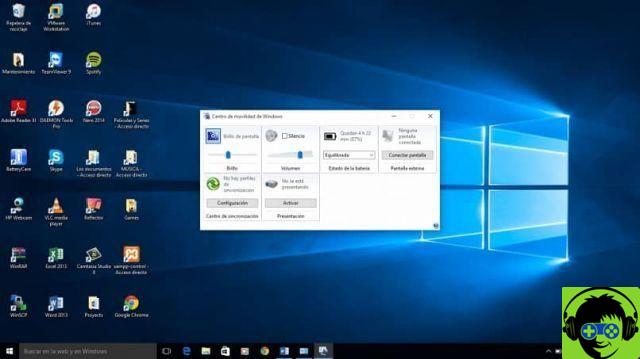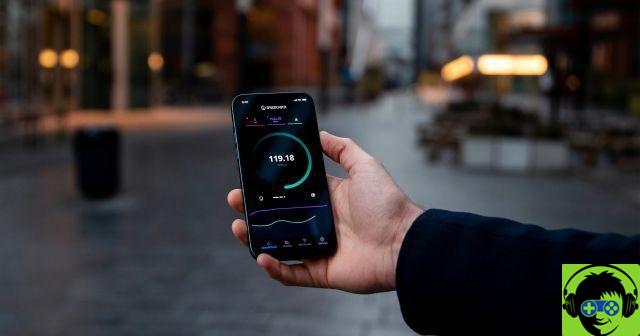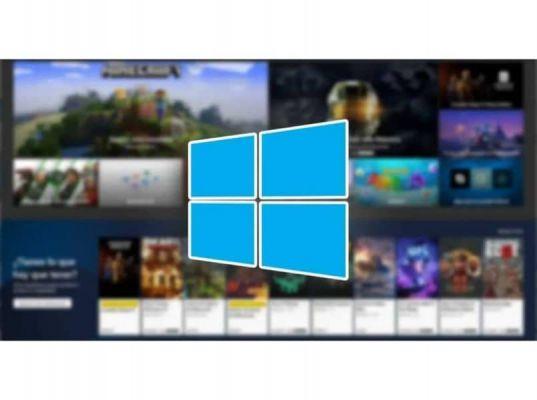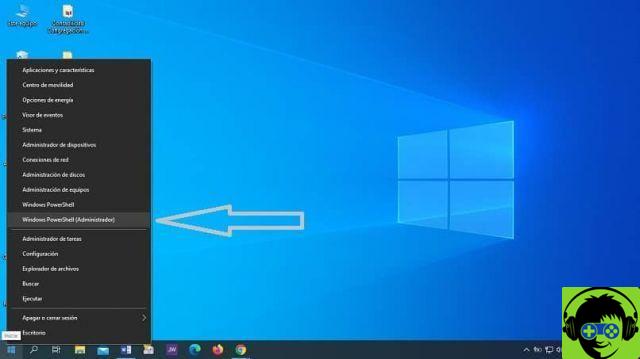Apple has announced the M1, the most powerful chip ever made and the first chip designed specifically for the Mac.
The M1 is optimized for Mac systems where small size and energy efficiency are of paramount importance.
As a 'system on a chip' (SoC), M1 combines many powerful technologies on a single chip, incorporating a unified memory architecture that dramatically increases performance and efficiency.
The M1 is the first personal computer chip created using state-of-the-art 5-nanometer process technology and packs a staggering 12 billion transistors, the most Apple has ever put on a chip.
It features the world's fastest CPU core on low-power silicon, the world's best CPU per watt, the world's fastest integrated graphics card in a personal computer, and revolutionary machine learning performance thanks to the Apple Neural Engine. Manzana).
As a result, the M1 delivers up to 3,5x faster CPU performance speeds, six times faster GPU performance, and up to fifteen times faster machine learning, all while allowing up to double the battery life. compared to previous generation Macs.
With its dramatic increase in performance and efficiency, the M1 offers the biggest leap in Mac history.
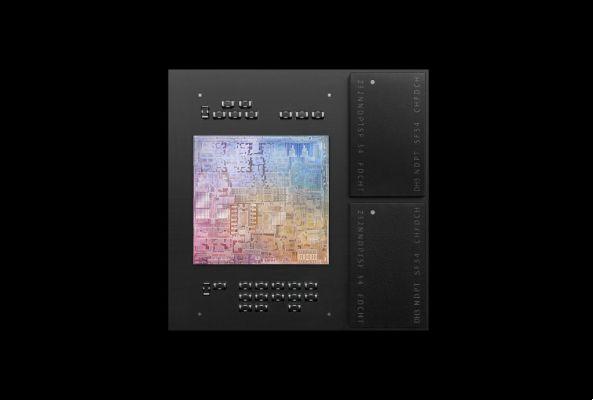
The first System on a chip for Mac
Both Macs and PCs have traditionally used multiple chips for CPU, I / O, security, and more. Now with the M1, these technologies are combined into a single SoC, offering a new level of integration to deliver better performance and energy efficiency.
The M1 also includes a unified memory architecture that brings together high-bandwidth, low-latency memory into a unified set within a custom package.
This allows all SoC technologies to access the same data without having to copy it between different memory packages, increasing performance and efficiency.
The best CPU performance per watt in the world
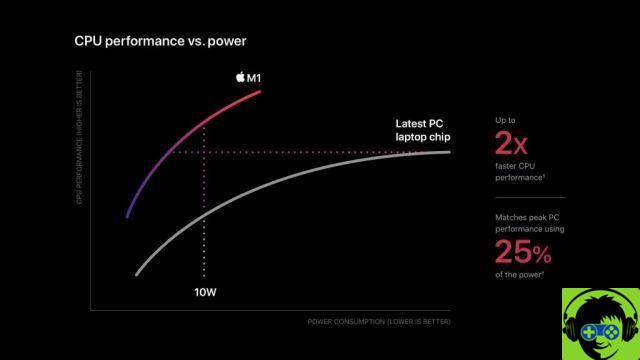
The M1 has an 8-core CPU consisting of four high-performance cores and four high-efficiency cores. Each of the high-performance cores delivers industry-leading performance for single-threaded tasks, operating as efficiently as possible.
They are the world's fastest low-power silicon CPU cores, allowing photographers to edit high-resolution photos at full speed and developers to create apps nearly three times faster than before. The four cores can be used together to achieve a huge multi-threaded performance boost.
The four highly efficient cores deliver impressive performance while consuming a tenth of the power. By themselves, these four cores offer similar performance to the dual-core of the current generation of MacBook Air, but consume far less power.
They're the most efficient way to use energy-efficient daily tasks like checking email or browsing the internet, while maintaining battery life like never before.
All eight cores can work together to deliver incredible computing power when needed, while maintaining the best CPU performance per watt in the world.
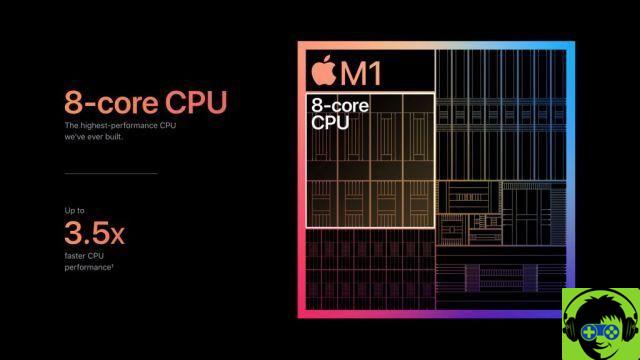
The fastest integrated graphics in the world
M1 includes Apple's most advanced GPU. Benefit from years of Mac application analysis, including everyday applications and professional programs.
With industry-leading performance and incredible efficiency, the GPU in M1 plays in its league. With up to eight cores capable of running nearly 25.000 threads simultaneously, the GPU can easily handle extremely demanding tasks, from playing multiple 4K videos to rendering complex 3D scenes.
With the ability to process up to 2,6 teraflops, the M1 has the fastest integrated graphics of a personal computer.
Machine Learning at the speed of light, on the device itself
The M1 chip incorporates Apple's Neural Engine into the Mac, significantly speeding up tasks that require machine learning (ML).
With the advanced 16-core architecture capable of handling 11 trillion operations per second, the M1's Neural Engine enables machine learning performance fifteen times faster. In fact, the entire M1 chip is designed to excel at machine learning, with ML accelerators in the CPU and powerful GPU, so tasks like video analytics, speech recognition and image processing are never at a level. of performance. Mac.
More innovative technologies included in the M1
The M1 chip includes a number of proprietary technologies such as:
- Apple's latest Image Signal Processor (ISP) to deliver higher quality video with better noise reduction, wider dynamic range and improved white balance.
- The latest Secure Enclave for industry-leading security.
- High-performance space controller with AES encryption hardware for faster and more secure SSD performance.
- High-power and low-power encoding and decoding engines for improved performance and longer battery life.
- An Apple-designed Thunderbolt controller with USB 4 support, transfer speeds of up to 40Gbps, and support for more peripherals than ever.
macOS Big Sur optimized for M1

macOS Big Sur has been completely overhauled to take full advantage of the capabilities and power of the M1 chip, delivering a huge performance boost, amazing battery life, and even better security.
With the M1, the things users do every day are faster and smoother. Like the iPhone or iPad, the Mac now wakes up instantly from sleep. Browsing with Safari - already the fastest browser in the world - is now 1,5x faster with JavaScript and almost twice as fast in response.
With Big Sur and M1, Mac users can use an even wider range of applications. All Mac software is already universal binary and works natively on systems with M1 chips.
Existing Mac applications that have not been upgraded to universal binary will work flawlessly thanks to Apple's Rosetta 2 technology. And iPhone or iPad apps can be used directly on the Mac.
Additionally, Big Sur technologies have been optimized to harness the power of M1, including development technologies such as Metal for graphics and Core ML for machine learning.
The M1 begins a two-year transition to the Mac
M1 is inside the new MacBook Air, 13-inch MacBook Pro, and Mac mini. The transition to a new family of chips designed specifically for the Mac begins. The transition to Apple's architecture will take approximately two years to complete.





